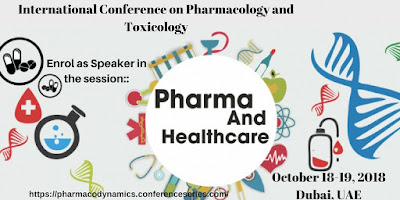Novel Drug Action for HIV / AIDS
The LASER ART developed by the UNMC scientists
is a formulation of injectable drugs, he said. The long-lasting medication was
developed by making pharmacological changes in the chemical structure of the
drug, while at the same time protecting its abilities to contain infection.
The new drug formulation is
not an anti-HIV medicine, but rather one that opens storage areas inside cells
where drugs can be maintained for a long period of time. This extends the
intervals for dosing and allows physicians to administer the drug over an
extended period of time.
To accomplish
this, the scientists merged LASER ART with URMC-099, which alone has no
antiviral effect. Co-administration with antiretroviral medicines provides
enhanced viral suppression.
The scientists discovered that several
innovative strategies -- slow drug dissolution, poor water-solubility and
improved bioavailability -- could bring the medication to the sites of active
viral growth and accelerate clearance of the virus.
"The Scientist showed that one drug
can deliver the other drug to sites inside the cells where the virus grows and
at the same time sequester the drug crystals at sites protecting it from
degradation". "The drug inside the cell slowly dissolves from the
crystal and is released into the blood”.
"This is a new way to extend the actions
of drugs”. It is a means to improve drug effectiveness
and to allow patients to take drugs without interruption."
The drugs were formulated through UNMC's
good laboratory practice (GLP) manufacturing facility.
The next step is to formulate URMC-099
with drug cocktails and investigate whether such a chemical marriage can extend
the half lives of many other anti-retroviral and a spectrum of other drugs.
Ultimately, they hope to combine URMC-099 with drugs that have been limited for
human use due to the frequency and bioavailability of their required dosing to
be effective.
Summary : Using a process
called LASER ART (long-acting slow effective release antiretroviral therapy), a
research team has discovered an unexpected pathway to open cell storage areas
for antiviral drugs. The discovery could revolutionize current treatments for
HIV/AIDS by extending the actions of disease-combating medicines




Comments
Post a Comment